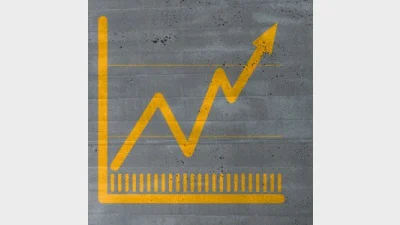Australian ETF industry breaks record in November



The Australian exchange traded fund (ETF) industry has grown by more than $2 billion in November, breaking industry records for net inflows, industry growth and value traded, according to BetaShares’s study.
Total funds under management (FUM) reached $35.5 billion and represented a significant growth rate of six per cent for the month.
The BetaShares Australian ETF Review – November 2017 also found that net inflows accounted for the majority of FUM growth for the month ($1.3 billion), with asset value appreciation adding the remaining $700 million to the monthly increase.
As far as products were concerned, November saw a launch of a total six new products, with the best performing funds being those based around global and US equities which continued to outperform Australian equities.
BetaShares’ managing director, Alex Vynokur said: “The growth across all metrics in the ETF industry is impressive.”
“The increased demand we’re currently seeing can likely be attributed to the core benefits offered by ETFs to investors – cost-effectiveness, access, transparency and liquidity.
“Although institutional adoption of ETFs has been slower than with the retail market, we are seeing more Australian institutions adopting ETFs as part of their investment portfolio.
“As such, we expect mega-trades like this to start becoming increasingly common in our market.”
Recommended for you
Natixis Investment Managers has hired a distribution director to specifically focus on the firm’s work with research firms and consultants.
The use of total portfolio approaches by asset allocators is putting pressure on fund managers with outperformance being “no longer sufficient” when it comes to fund development.
With evergreen funds being used by financial advisers for their liquidity benefits, Harbourvest is forecasting they are set to grow by around 20 per cent a year to surpass US$1 trillion by 2029.
Total monthly ETF inflows declined by 28 per cent from highs in November with Vanguard’s $21bn Australian Shares ETF faring worst in outflows.











